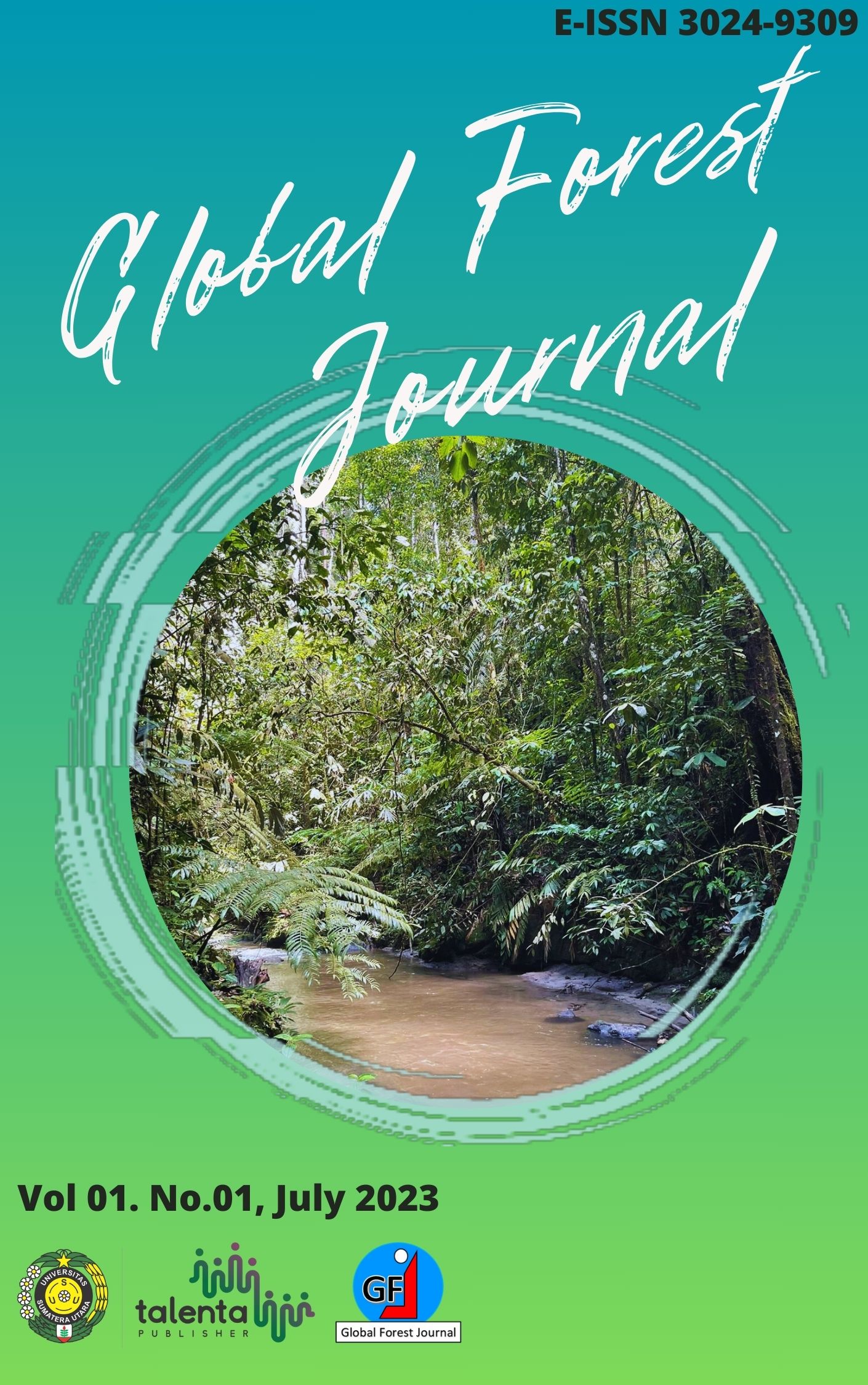Identification of types, flowering of bee plants and honey production of Apis cerana in Aornakan I and Kutatinggi villages, Pakpak Bharat regency, North Sumatra
DOI:
https://doi.org/10.32734/gfj.v1i01.13255Keywords:
Apis cerana, Bee Feed, Pakpak BharatAbstract
One of the influential factors in the success of beekeeping is the availability of bee feed. Beekeepers need to know the types of food sources for bees and have a map of the sources of nectar and pollen in their area. This will help in planning the management of their colony. This research was conducted to identify the types and flowering of bee feed plants (Apis cerana) and to determine honey production. In this study used exploratory survey methods and interviews. Based on the study's results, there were 17 identified types of bee feed sources from forestry plants, 13 identified plant species from crops and 6 identified plant species that produce flowers. The flowering schedule for honey bee feed plants in Pakpak Bharat Regency for Kaliandra plants blooms in February - July, for Durian plants blooms in March, April - October, and November for Coffee plants flowers in April and August. Honey production in Pakpak Bharat District has a different frequency of harvest and production each month. For April, 11 members produced 42 bottles of honey. For May, 10 members produced 55 bottles, where the size per bottle was 600 ml.
Downloads
Downloads
Published
Issue
Section
License
Copyright (c) 2023 Global Forest Journal

This work is licensed under a Creative Commons Attribution-ShareAlike 4.0 International License.












